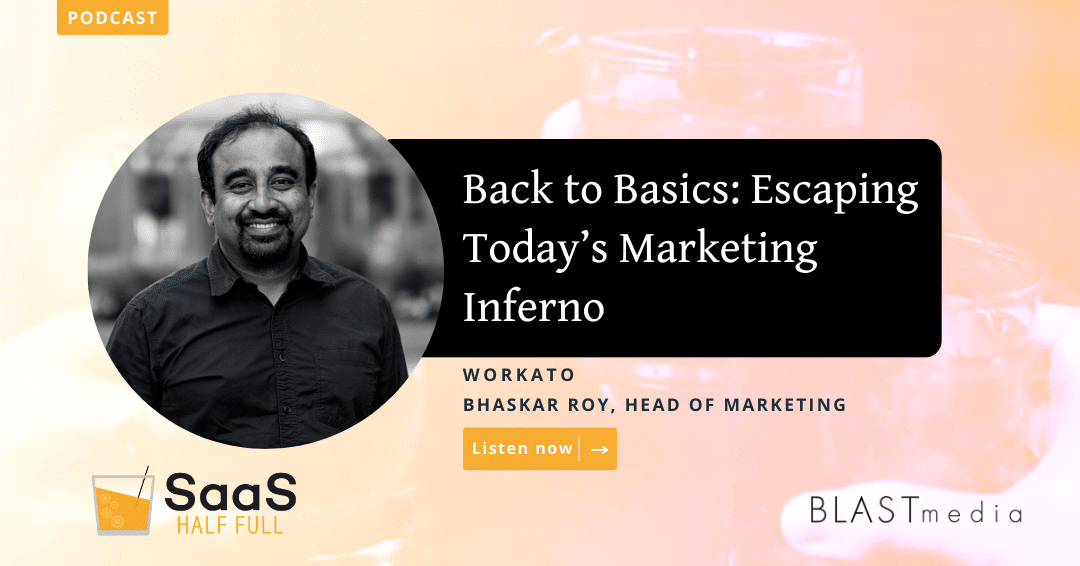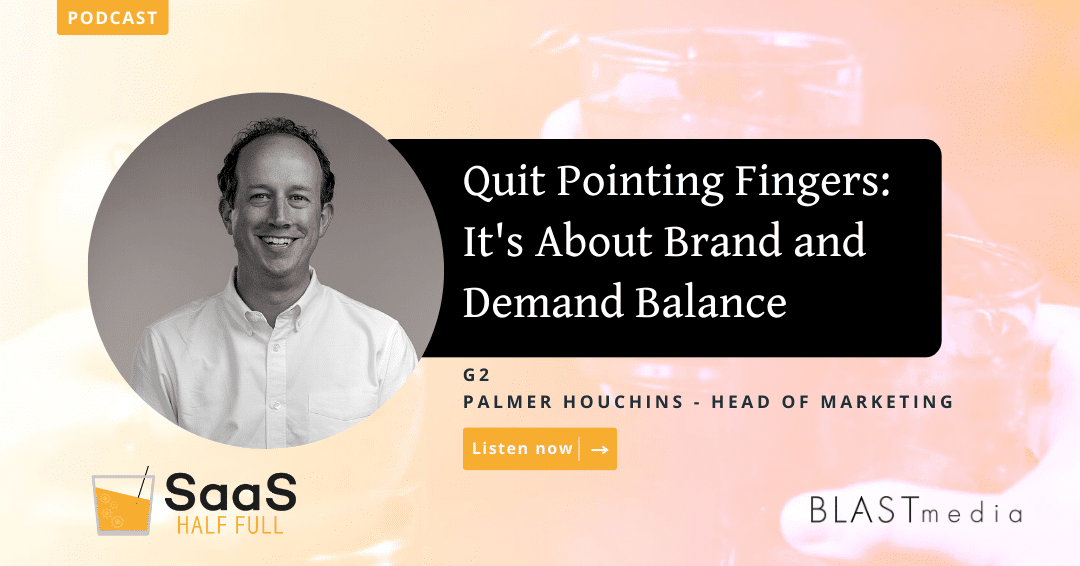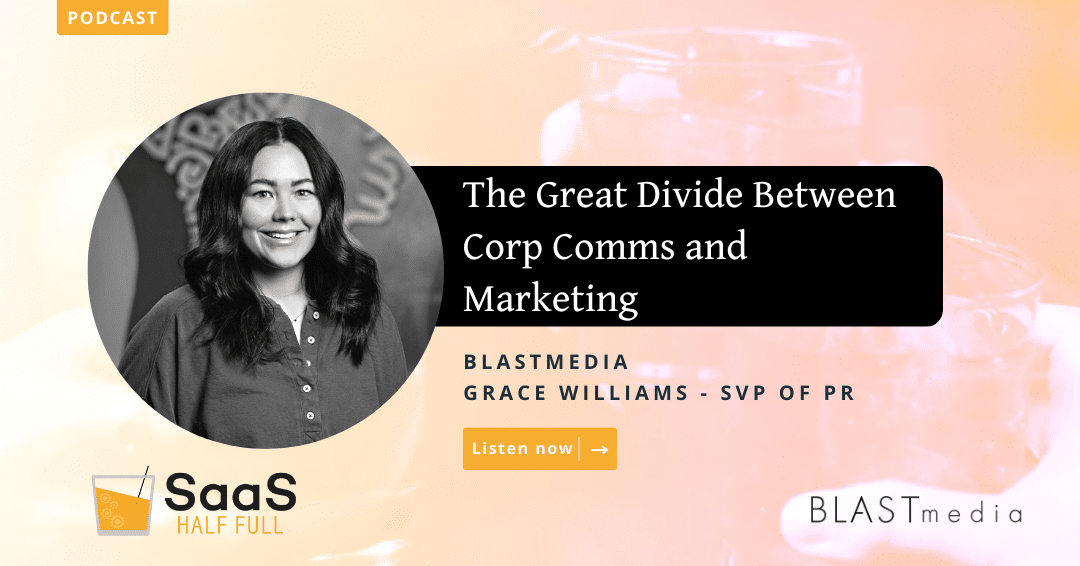For many marketers, 2021 and early 2022 was heaven: Big budgets, sky-high valuations and VC dollars pouring in. Today? “Do more with less” has become the most-hated phrase among SaaS marketers.
Bhaskar Roy, Head of Marketing at Workato, urges marketers to get back to the basics to climb out of the abyss. From obsessing over org-wide customer success efforts to creating “frame-breaking” content that goes against the grain, Bhaskar shares what he believes can significantly impact marketing efforts in today’s challenging economy.
It’s time to re-center the customer experience
Bhaskar said the customer experience (CX) should be a metric of prime importance to marketers. True, CX is usually a priority — but during the heyday of ‘21 and early ‘22, many B2B marketers placed unsustainable growth above tried-and-true markers of ROI. It’s time to flip that paradigm and re-focus on the customer.
But how? At Workato, Bhaskar looks at CX holistically: from the very first touchpoint to two, five or even ten years down the road, at which time a client is (hopefully) growing and expanding their adoption. He does this by asking a series of questions:
“Are we providing delight and value to [the customer]? If they come to our website, do they get what they’re looking for? And once they go down the path of becoming a buyer, are the sales development representatives (SDRs) aligned?”
If the answer to these questions is “no,” marketers have room to improve the buyer experience. Once a buyer becomes a customer, it’s time to ask the following:
“How quickly are [customers] adopting the product? How much are they adopting the product? Are they getting the ROI from the product that they need?”
To answer these questions, Bhaskar looks at several metrics — including a few that every B2B SaaS marketer is familiar with.
How can marketers define CX’s success?
Surprise, surprise: Bhaskar relies on customer satisfaction scores (CSAT) and net promoter scores (NPS) to gauge CX. But he also suggests reviewing less traditional success metrics like usage growth and tech championship.
Unlike user growth, usage growth doesn’t track an uptick in customers but rather an uptick in adoption across a single organization. For example, does the engineering department follow suit after the sales department adopts Workato? What about communications and HR?
Finally, Bhaskar looks at which of his customers are champions, as evidenced by their willingness to participate in events, talk to media or act as references.
“[These actions are] a huge signal that, oh my gosh, they’re willing to invest their own time to [promote a product], which is phenomenal,” said Bhaskar. “[Loyalty to this extent] is something you cultivate and manage throughout the organization.”
Break the mold with compelling thought leadership
Boring content is a significant roadblock to B2B marketing success. It’s time-consuming to generate, and most customers won’t blink twice while reading it (if they read it at all). Frame-breaking content, on the other hand, is exciting and attention-grabbing.
“[Frame-breaking content provides an] almost 180-degree spin from what others are saying… but [the thought leader] ties it in in a way whereby [the reader] thinks, ‘yes, that is how it should be,’” said Bhaskar. “So, one, it obviously breaks away from the noise because it’s providing a very different point of view. But they hook you with a [take that is] almost like an opposite of… the norm.”
The result? The reader has an interesting takeaway and a call to action. And as any B2B SaaS marketer knows, CTAs are critical.
Listen to Episode 348 of SaaS Half Full for more of Bhaskar’s insights.







